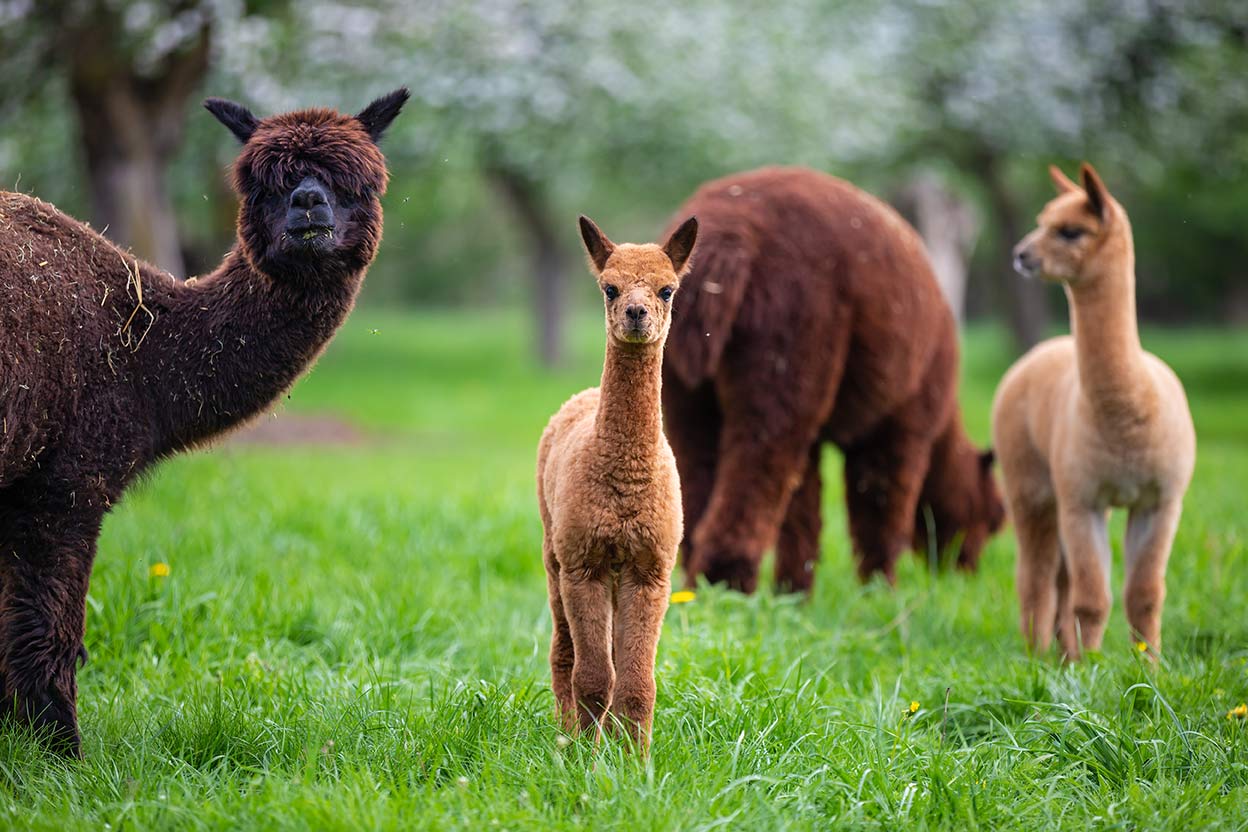Hay Testing for Llamas and Alpacas

How is proper sampling done?
Ideally, this is done by core sampling of stacked bales where 6-10 core samples are taken, mixed, and submitted for analysis. Or, in the case of pasture, samples should be pluck gathered, mixed, and submitted during the various seasons of the growing season.
Most State Extension offices will let you borrow a hay probe and the test is relatively inexpensive.
There are many forage testing laboratories.
Where do we send them?
NFTA (The National Forage Testing Association) Certified labs can be found on their website: http://www.foragetesting.org select ‘Certified Labs’ and then download the certified list for the current year.
Some of the Colorado/Kansas/Nebraska NFTA listed labs are: http://www.soiltestinglab.colostate.edu/
http://www.weldlabs.com/
http://www.SDKLabs.com
https://www.amaglab.com/
http://servitechlabs.com Dodge City, KS, Hastings, NE and Amarillo, TX
Like this article? Become a RMLA Member today!

